Historic India-US Trade Negotiations Enter Critical Phase. India and the United States are poised to resume high-stakes trade negotiations this week, marking a pivotal moment in bilateral economic relations between the world’s largest democracies. In a strategic move to address Washington’s concerns and unlock massive trade potential, New Delhi has committed to significantly increasing imports of American energy and natural gas, according to senior government officials familiar with the discussions.
The resumption of these crucial talks represents a diplomatic breakthrough following tensions that erupted in August 2025, when the Trump administration imposed punitive tariffs reaching up to 50% on Indian goods. This week’s negotiations carry enormous significance as both nations pursue an ambitious goal: doubling bilateral trade to $500 billion by 2030.
Breaking Down the Tariff Dispute Resolution
August Crisis: Trump Administration’s 50% Tariff Shock
The bilateral relationship faced its most severe test in August when the United States announced dramatic tariff increases on Indian exports, citing New Delhi’s continued purchases of Russian oil despite Western sanctions. The Trump administration accused India of indirectly financing Russia’s military activities in Ukraine through energy purchases, creating a diplomatic impasse that temporarily halted trade discussions.
September Turnaround: Presidential Intervention
A significant shift occurred in September when President Donald Trump adopted a more conciliatory approach during public statements and engaged in direct phone conversations with Prime Minister Narendra Modi. These high-level diplomatic efforts successfully broke the deadlock, paving the way for renewed negotiations and raising optimism for a comprehensive trade agreement.
Strategic Energy Commitment
A senior Indian official, speaking anonymously due to the sensitive nature of ongoing negotiations, revealed that India is prepared to substantially increase purchases of American energy and liquefied natural gas (LNG). This strategic commitment addresses Washington’s primary concerns while securing India’s growing energy needs for its rapidly expanding economy.
Diplomatic Momentum: High-Level Meetings Drive Progress
US Ambassador-Designate’s Weekend Diplomacy
The breakthrough gained additional momentum over the weekend when US Ambassador-designate Sergio Gor conducted critical meetings in New Delhi. Gor first met with Prime Minister Modi before engaging in detailed discussions with Commerce Secretary Rajesh Agrawal, focusing on strengthening bilateral trade and investment flows.
“During my visit to India, I met with Commerce Secretary Agrawal and discussed US-India economic ties, including increased investment in the United States,” Gor announced on social media platform X on Sunday, signaling positive progress in negotiations.
Washington Talks Yield Constructive Outcomes
Indian officials characterized last month’s discussions with American counterparts in Washington as “constructive,” with both sides demonstrating commitment to reaching a mutually beneficial agreement. The governments jointly expressed determination to expedite negotiations toward an early conclusion of the first phase of the comprehensive trade deal.
Economic Impact: Tariffs Hit Indian Export Sectors Hard
Export Decline Analysis
The American tariff measures have inflicted significant damage on India’s export performance. Official trade ministry data reveals a concerning trend:
- August 2025 exports: $6.86 billion
- July 2025 exports: $8.01 billion
- Monthly decline: $1.15 billion (14.4% drop)
Industry sources report continued deterioration in September, with exporters across multiple sectors experiencing further declines in shipments to the United States.
Affected Industries and Government Response
The tariff hikes have particularly impacted several key Indian export sectors:
- Textiles and apparel manufacturers
- Leather goods producers
- Gems and jewelry exporters
- Agricultural and food product suppliers
In response, the Indian government has initiated strategic countermeasures, including market diversification efforts to reduce dependence on the US market and implementing export incentive programs to support affected industries.
Negotiation Timeline and Progress
Six Rounds of Intensive Discussions
The current trade negotiations launched in February 2025, representing both nations’ commitment to forging a transformative economic partnership. To date, officials have completed five rounds of detailed discussions covering various aspects of bilateral trade relations.
Sixth Round: Critical Breakthrough Expected
The sixth round of negotiations, originally scheduled for August but postponed due to tariff tensions, is now expected to proceed this week. Both governments anticipate this round could finalize the first phase of the agreement next month, consistent with commitments made between President Trump and Prime Minister Modi.
Energy Sector: Gateway to Deeper Economic Partnership
Renewable Energy Investment Opportunities
India is actively seeking enhanced participation from American private sector players in its rapidly expanding renewable energy sector. The country has set ambitious clean energy targets as part of its climate commitments and economic development strategy.
“Investments coming into our renewable energy sectors are an important area of our relationship (with the US),” the senior official emphasized, highlighting this sector’s strategic importance in bilateral relations.
Nuclear Energy Cooperation
Beyond renewables, New Delhi is exploring greater American involvement in its nuclear energy program. This represents a significant opportunity for US nuclear technology companies and strengthens energy security cooperation between the strategic partners.
LNG Import Expansion
India’s openness to increasing American LNG purchases addresses both nations’ interests. For the United States, it provides a growing market for its expanding natural gas production. For India, it diversifies energy sources away from heavy Russian oil dependence while securing cleaner fuel for its growing economy.
Investment Flows: Two-Way Street to Prosperity
US Investment in India
American companies view India as an increasingly attractive investment destination, particularly in technology, manufacturing, and renewable energy sectors. The country’s large consumer market, skilled workforce, and improving business environment continue drawing substantial US capital.
Indian Investment in America
When questioned about Trump administration expectations for increased Indian investment in the United States, officials indicated New Delhi views overseas investments by Indian companies positively. The source drew parallels to China’s historical approach, suggesting India recognizes the strategic value of establishing manufacturing and business presence in the American market.
Strategic Implications and Future Outlook
$500 Billion Trade Target by 2030
The ambitious goal of doubling bilateral trade to $500 billion by 2030 reflects both nations’ recognition of untapped economic potential. Achieving this target requires:
- Removing trade barriers and tariffs
- Streamlining regulatory frameworks
- Enhancing supply chain integration
- Expanding investment in priority sectors
Geopolitical Dimensions
Beyond economics, strengthening India-US trade ties serves important geopolitical objectives. As both nations navigate complex relationships with China and address regional security concerns, deeper economic integration reinforces their strategic partnership.
Technology and Innovation Collaboration
Future phases of the trade agreement are expected to address technology transfer, intellectual property protection, and innovation partnerships—critical areas for both advanced economies.
For comprehensive coverage of international trade developments and their impact on global markets, visit Singha Darbar for expert analysis and timely updates.
Conclusion: Critical Week for India-US Economic Relations
This week’s trade talks represent more than routine negotiations—they embody a strategic recalibration of one of the world’s most important bilateral relationships. India’s commitment to increasing American energy imports demonstrates pragmatic diplomacy, addressing Washington’s concerns while securing its own energy future.
As negotiators work toward finalizing the first phase agreement, success could unlock unprecedented economic opportunities for both nations, creating jobs, expanding trade, and strengthening a partnership crucial for global economic stability and democratic values in an increasingly complex geopolitical environment.
The coming days will reveal whether diplomatic efforts can overcome recent tensions and establish a framework for sustained economic cooperation that benefits both American and Indian businesses, workers, and consumers for decades to come.



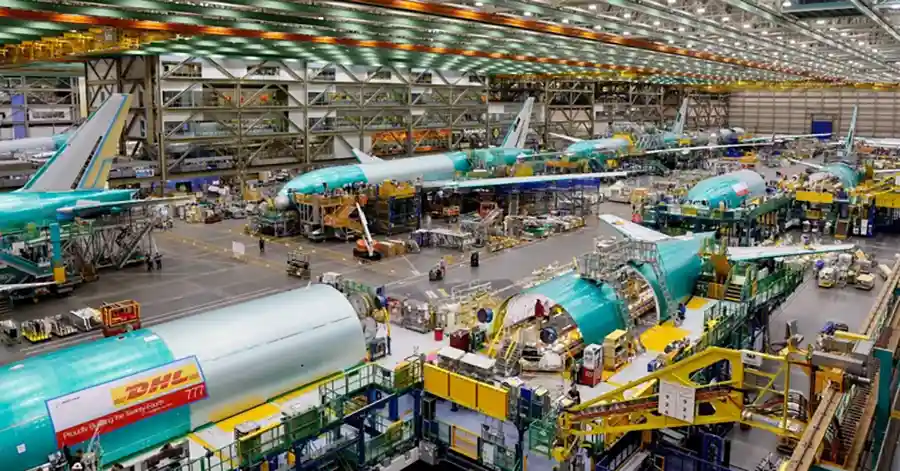


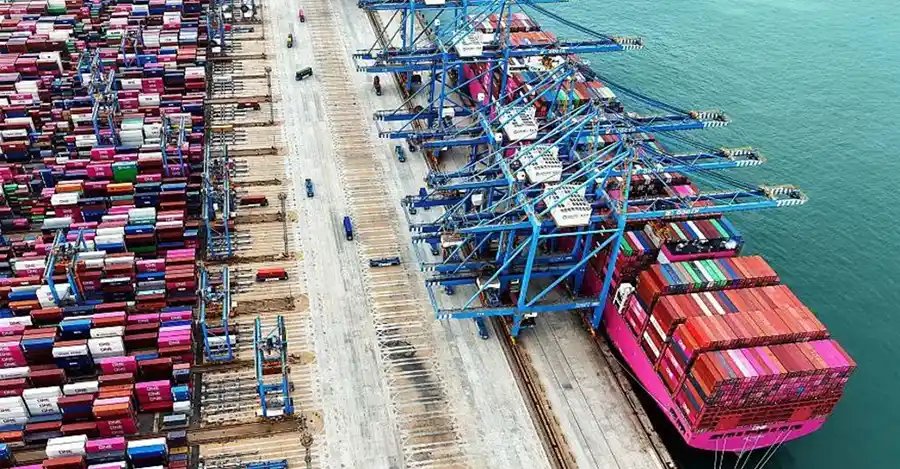


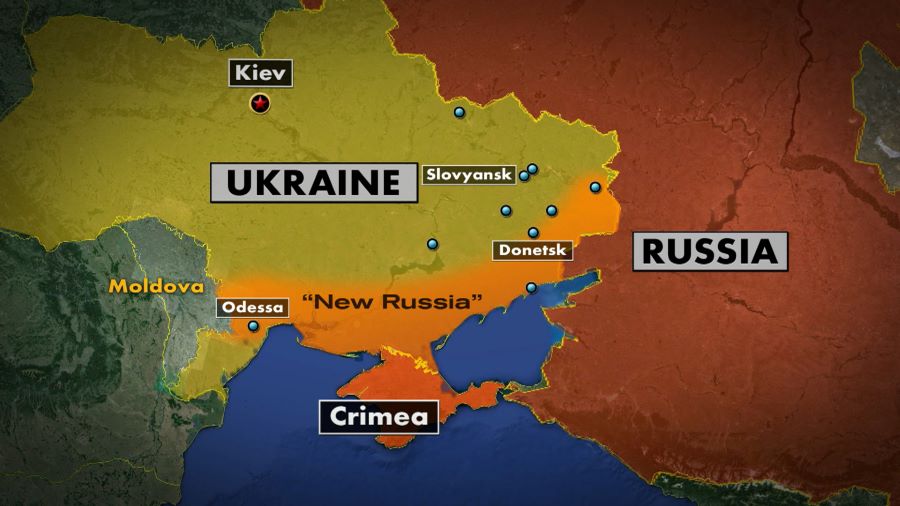




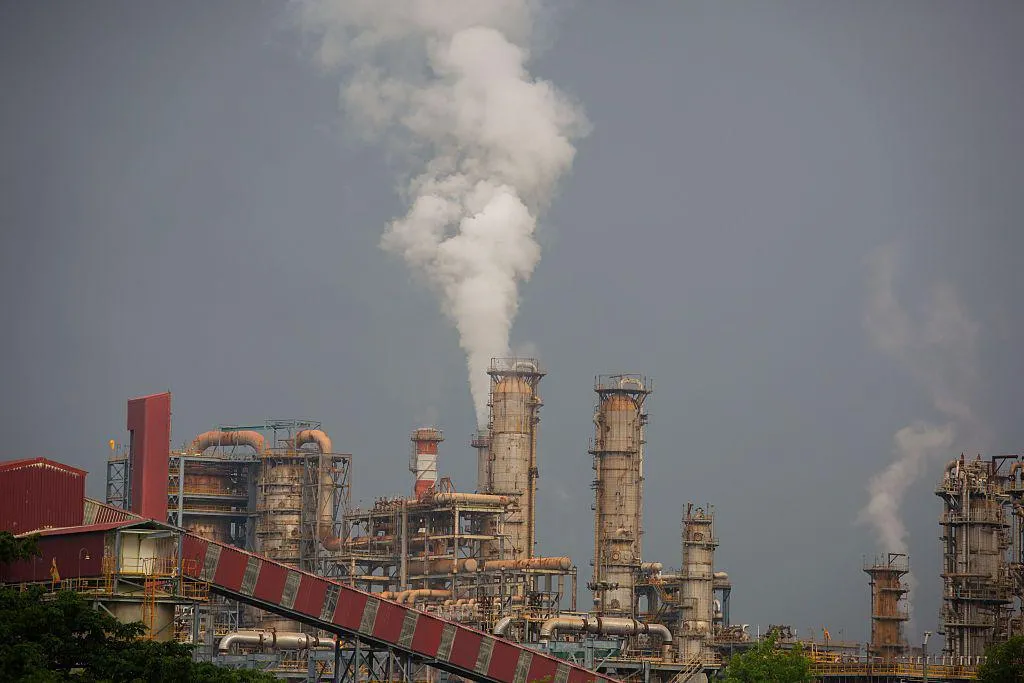

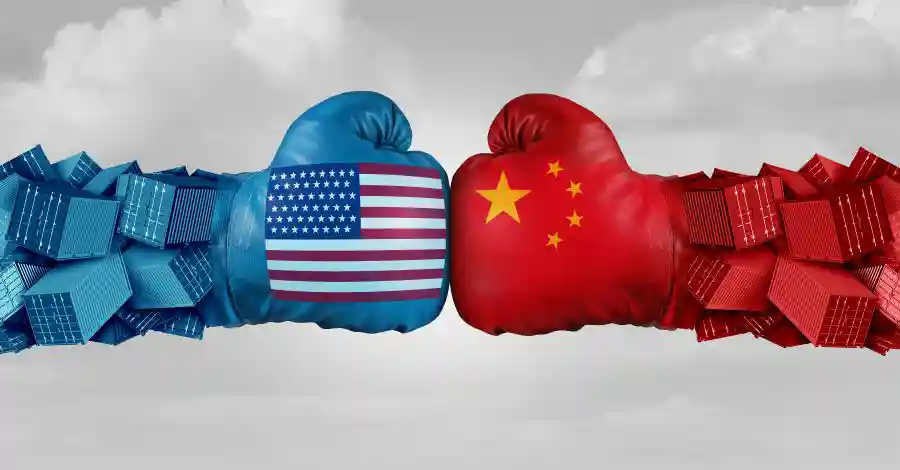



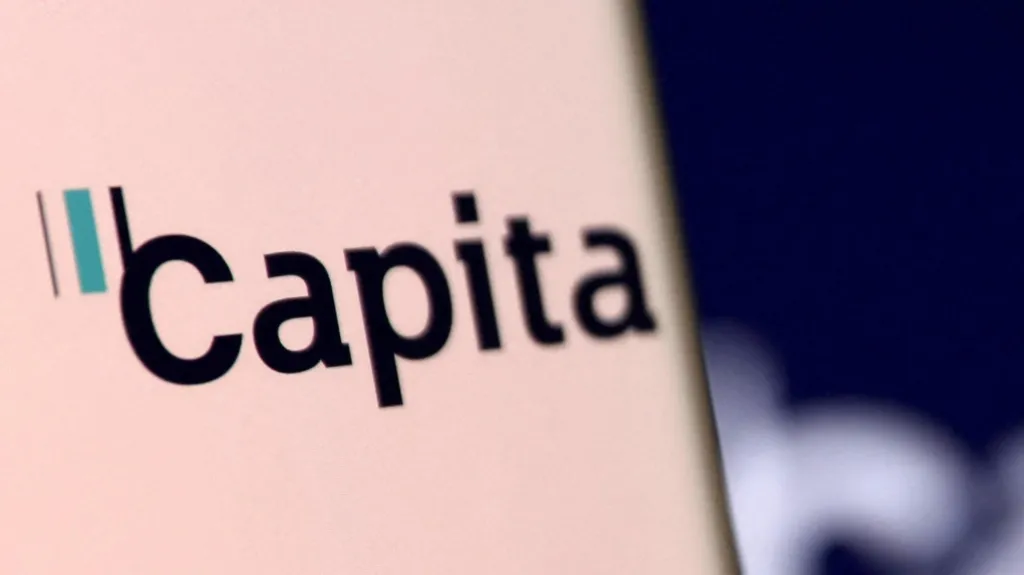
Comments